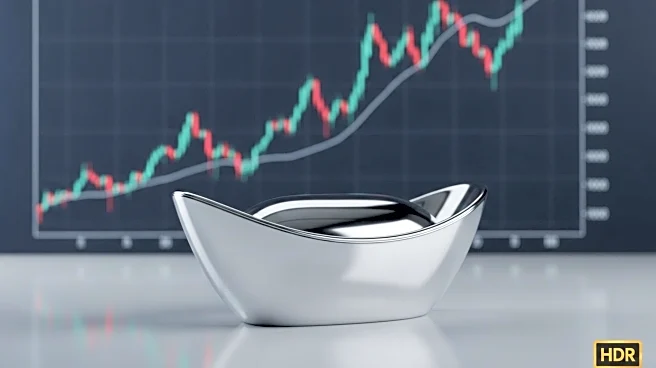What is the story about?
What's Happening?
Adidas AG is experiencing financial challenges that may lead to a dividend cut. Despite reporting a 12% increase in revenue and a 58% surge in operating profit for Q2 2025, the company is facing structural financial risks. Adidas has a debt-to-equity ratio of 2.30, indicating heavy reliance on leverage, and its free cash flow has turned negative, with Q2 showing a deficit of €88 million. The company is also dealing with U.S. tariffs that could add €200 million in costs for the second half of 2025, potentially forcing price hikes in the U.S. market. These factors, combined with compressed gross margins, threaten profitability and the sustainability of its proposed €2.00 per share dividend.
Why It's Important?
The financial vulnerability of Adidas is significant for investors and stakeholders. The company's reliance on debt and negative free cash flow raises concerns about its ability to maintain dividend payouts and fund operations. The impact of U.S. tariffs could further strain Adidas's financial position, affecting its pricing strategy and market competitiveness. A potential dividend cut would not only disappoint shareholders but also signal a shift in strategy towards preserving liquidity, which could erode investor confidence and affect stock performance.
What's Next?
Adidas may need to reassess its dividend policy if financial conditions do not improve. Investors should monitor upcoming financial results for signs of a dividend reassessment. The company might also explore strategies to mitigate tariff impacts and improve cash flow, such as cost-cutting measures or strategic pricing adjustments. Stakeholders will be watching closely for any announcements regarding changes in financial strategy or dividend commitments.
Beyond the Headlines
The situation at Adidas highlights broader economic challenges faced by multinational companies in navigating tariff impacts and maintaining financial stability. The company's experience may prompt discussions on the sustainability of high dividend payouts in volatile economic conditions and the importance of balancing growth with financial prudence.
AI Generated Content
Do you find this article useful?














